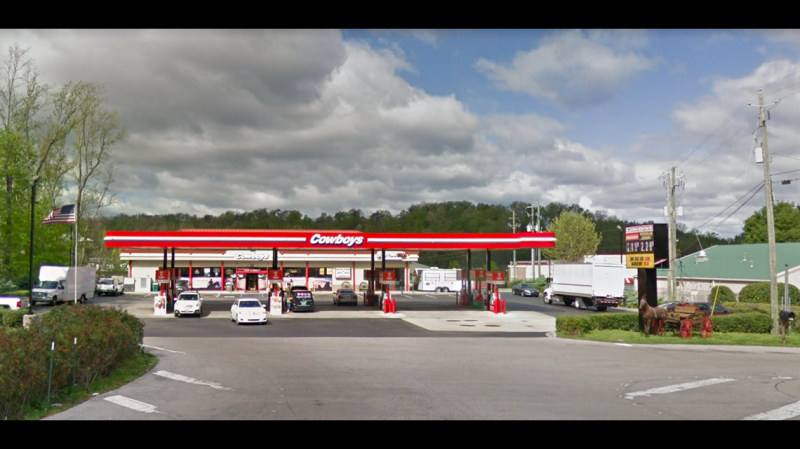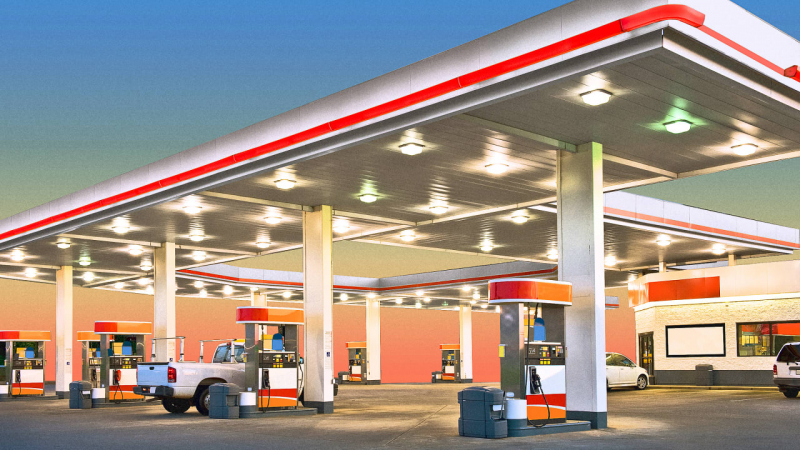Gasoline was rationed, though not because of fuel shortages
Despite the tremendous gasoline consumption of the Allied war machine and the businesses that supported it, the United States never ran out of fuel during the Second World War. Four days after the attack on Pearl Harbor, on December 11, 1941, the Office of Price Administration announced the establishment of 7,500 ration boards around the country. The duty of instituting rationing of supplies crucial to the war effort fell to the boards, which were made up of unpaid volunteers. People who had business or personal relationships to the board members had ways to game the system. In some places, cheating spread like wildfire.
Tires were the first item to be rationed. Before the war, the United States imported almost all of the rubber it used, with the majority coming from regions that were then under Japanese occupation. The sales of new cars were stopped on January 1, 1942, in order to protect the tire supplies that were already on hand. The existing stock of cars was restricted to members of specific professions alone. These included clerics, experts deemed crucial to the war effort, and those in the medical field.
Rationing of gasoline was implemented to affect customer behavior and encourage them to modify their driving styles in order to preserve rubber. It was hated by practically everyone. Fuel sellers were informed by letters on stickers stuck to cars how much gasoline each owner was permitted to buy each week. Drivers also carried ration cards, which kept track of the purchases in addition to the sticker. The lowest category, "A stickers," were permitted to purchase up to four gallons each week. The topmost "X" sticker allowed for limitless fuel purchases. Unsurprisingly, 200 or more congressmen acquired X stickers, sparking indignation across the country. Throughout the war, Americans fought gas rationing, especially in the west where longer travel distances required more fuel.












